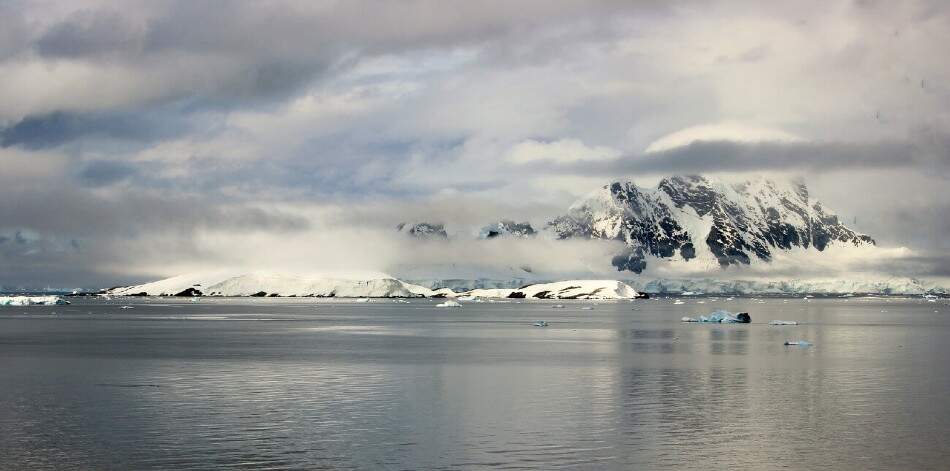Estimated reading time: 2 minutes
The Antarctic Treaty governs Antarctica on a global level.
The Antarctic Treaty was signed in 1959 by the 12 countries whose scientists worked in Antarctica during the International Geophysical Year 1957-58.
Argentina, Australia, Chile, France, New Zealand, Norway, and the United Kingdom were among the original signatories to the Antarctic Treaty, which had territorial claims to parts of Antarctica, some of which overlapped.
Some parties to the Treaty do not recognize territorial claims, while others say they reserve the right to make a claim. Article IV of the Antarctic Treaty expressly protects all positions and maintains the status quo:
Acts or activities occurring while this Treaty is in force shall not constitute a basis for the assertion, support, or rejection of any claim to territorial sovereignty in Antarctica or the creation of any right of sovereignty in Antarctica. No new claim or extension of an existing claim to territorial sovereignty in Antarctica shall be asserted while this Treaty is in force.
The Antarctic Treaty precludes the possibility of a conflict over sovereignty. It entered into force in 1961 and has since been ratified by several other countries.
Some important provisions of the Treaty:
1. Antarctica shall be used exclusively for peaceful purposes (Article I).
2. Freedom of scientific cooperation and research will continue (Article II).
3. Antarctica’s scientific observations and results will be freely exchanged and made available (Article III).
4. To promote the objectives and to ensure compliance with the provisions of the Treaty, “All Antarctic areas, including all stations, installations, and equipment in these areas […] shall be open for inspection at all times” (Article VII).
If you want to find out about the British territory in Antarctica, check out our article on this topic: An area of British territory in Antarctica is named after Queen Elizabeth II.
[Photo from Pixabay]
